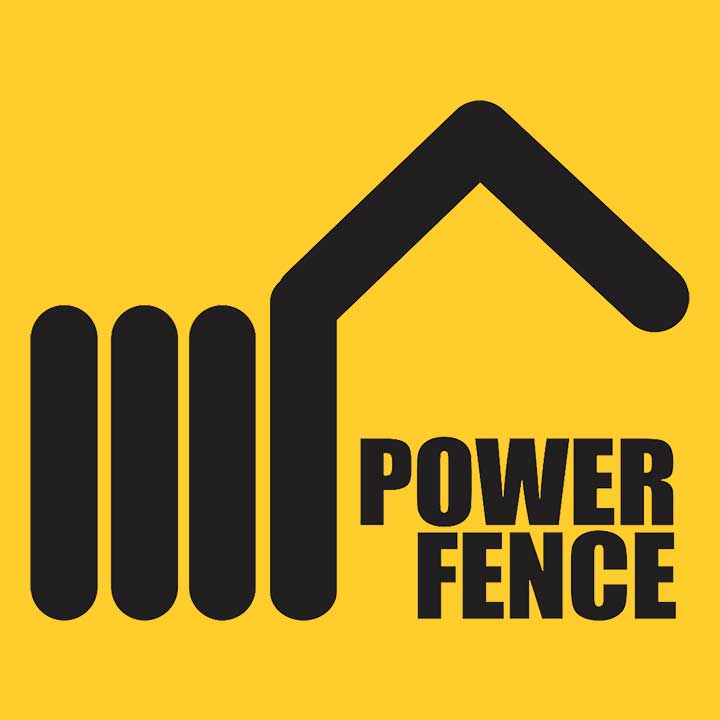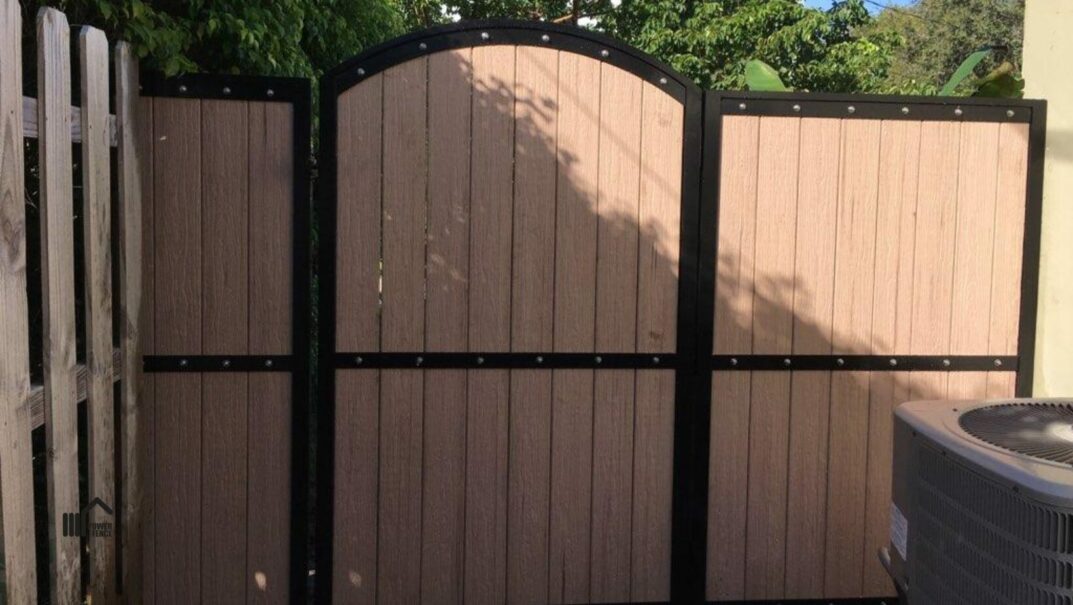Every year, South Florida faces the threat of hurricanes. While homeowners often focus on preparing their roofs, windows, and emergency supplies, one major area tends to get overlooked: fencing. Your fence might seem like a sturdy structure built to last, but in the face of hurricane-force winds, even the strongest-looking fence can fail dramatically if it hasn’t been properly built or maintained for storm conditions.
When a fence goes down in a storm, it’s not just a costly inconvenience. It can become dangerous debris, damage nearby property, or leave your home vulnerable. Fortunately, there are clear ways to hurricane-proof your fence with smart material choices, strong design, and strategic reinforcement.
This guide will walk you through evaluating your current fence, choosing better alternatives, and preparing your property before hurricane season.
Why Fences Fail During Hurricanes
In strong winds, most traditional fences act like giant sails. When a solid panel fence faces gusts of 100 miles per hour or more, the force exerted on it can be immense. If the fence doesn’t allow wind to pass through it, all that pressure builds up and must be absorbed by the structure. That pressure is usually more than the fence can handle.
Often, the first point of failure is at the posts. If the fence posts aren’t set deep enough in concrete or the material has rotted at the base, even moderate wind can pull the structure out of the ground. Once one section goes down, the connected panels fall like dominoes. Fasteners like nails or screws may tear loose, rails can crack, and vinyl panels can shear off entirely if they become brittle with age.
Florida’s hot, humid, and salty climate also contributes to fence vulnerability. Due to UV exposure, wood can rot, metal can rust, and plastic can weaken over time. Sometimes, a fence may look fine from a distance but have hidden weaknesses that only reveal themselves when the weather turns violent.
Picking the Best Fence Material for Hurricane Season
Not all fences are built to face 100+ mph winds. The material you choose significantly affects how well your fence holds up when the storms roll in. Some fences resist wind, others absorb it, and some fall apart at the first strong gust.
Here’s how the most common fence materials stack up in Florida’s hurricane-prone climate:
- Wood: Classic and private, but solid wood panels act like sails in strong winds. Shadowbox or spaced-board styles allow airflow and offer better durability.
- Vinyl: Easy to maintain and attractive, but cheaper models can crack or blow out. Reinforced or semi-privacy vinyl with internal supports performs better in storms.
- Chain Link: A top performer for wind resistance thanks to its open design. Just remove any privacy slats or wind screens before the storm to avoid pressure buildup.
- Aluminum: Lightweight, rust-resistant, and wind-friendly. Open picket designs let wind pass through while offering security and style. Proper installation is key.
Why Fence Construction Matters in a Storm
Even the strongest fence material won’t hold up in a hurricane if it’s poorly installed. How your fence is built, especially the depth of the posts and the way it handles wind, makes all the difference.
Posts should be buried at least three feet deep in concrete for true storm resistance. Shallow or lightly anchored posts, no matter the material, are a recipe for collapse. Taller fences or those in open, windy areas may need even deeper footing.
Post spacing also plays a key role. Posts placed every six feet instead of eight provide more support and help spread out wind pressure, making the entire structure more stable.
Like picket or lattice designs, fences that allow wind to pass through handle storms better than solid panels. If privacy is important, staggered boards or landscape features like hedges can offer coverage without trapping wind. Fasteners and hardware should be storm-ready, too. Screws outperform nails, and rust-resistant brackets, hinges, and latches add strength where it’s needed most.
Gates are the weak point in most fences. To prevent blowouts, reinforce them with diagonal bracing, use heavy-duty hardware, and secure or remove them before a major storm.
How to Prepare Your Existing Fence Before a Storm
If you’re not ready to replace your fence, you can strengthen it before a storm hits. Follow these simple steps to boost its durability:
- Inspect Your Fence – Walk the entire fence line. Look for loose posts, cracked boards, warped pickets, or rusted hardware. Fix anything unstable or broken.
- Reinforce Weak Posts – If a post leans or shows signs of rot, reinforce it with fresh concrete, brace it with a sister post, or replace it altogether.
- Upgrade Hardware – Replace rusted nails with exterior-grade screws. Add metal brackets at key joints and install heavy-duty, rust-resistant latches and hinges.
- Clear Surroundings – Trim back any overhanging branches. Remove or secure nearby furniture, pots, or decorations that could blow into the fence during high winds.
Need Professional Help?
In South Florida, hurricanes are a fact of life. But fence failure during storms doesn’t have to be. Whether installing a new fence or reinforcing an existing one, the right materials and construction methods can dramatically reduce your risk of damage.
Choose fence designs that allow airflow. Use materials that won’t rot, rust, or crack under pressure. Anchor posts deeply and securely. Reinforce gates and connections. And prepare early, before the first named storm starts tracking toward the coast.
Your fence is more than just a boundary. It’s part of your property’s protection. With a little planning and smart design, it can be a strong, reliable part of your hurricane preparedness plan.
Call our team for immediate solutions if you need professional fencing services in South Florida, or send us a message for a free quote!



